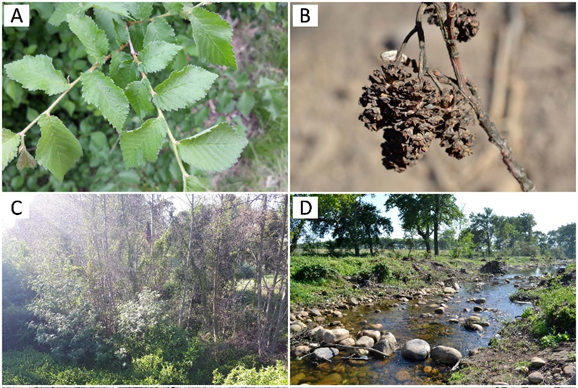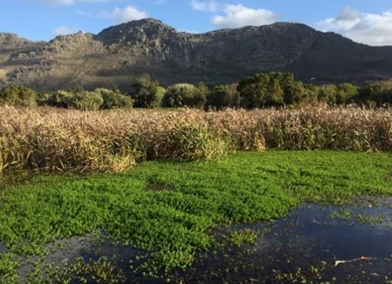One of the major transformations of the planet from human activities is the redistribution of species to areas outside their native range. These “alien” species have in many cases caused substantial harmful impacts to the recipient environment. These environmental impacts include driving native species to extinction, disrupting soil nutrient and water cycling, and altering natural disturbance regimes like fire and flooding. Preventing and mitigating such impacts is a major drain on limited conservation resources. There is thus a considerable need to understand which species are currently, or are likely to be, the most damaging. But how do you compare the enormous range of impacts attributable to diverse alien taxa, acting on different levels of ecological complexity, and at different spatial and temporal scales?
An international team of experts, including six researchers of the C·I·B, have proposed a practical solution to this problem. The paper, led by C·I·B Research Associate Tim Blackburn defines scenarios describing the levels of impact on native species by different mechanisms.
Scenarios are designed so that successively higher categories reflect an increase in the order of magnitude of the particular impact mechanism (e.g. impacts on native individuals, populations, communities), so that the magnitudes of impacts caused by different mechanisms are directly comparable. A species assigned to a higher impact category is considered to have had a greater harmful impact on some aspect of an environment in which it is alien, than a species in a lower impact category.

The scheme allows for the ranking of alien species from different animal and plant groups according to the magnitude of their environmental impacts into lists of harmful species. It is designed to be similar in structure and logic to the widely adopted International Union for Conservation of Nature (IUCN) Red List for categorizing extinction risk.
Like the IUCN Red List, it can be used to identify priority species for action, as required by international policies on biological invasions. The scheme provides not only a basis for decision-making, but potentially also a formal indicator of progress towards the achievement of the aims of Aichi target 9 on the identification and management of priority invasive alien species and the pathways by which they arrive.
The publication in the journal PLoS Biology is one product from the sImpact workshop which took place in July 2013 in Leipzig, with funding from the Synthesis Centre for Biodiversity sciences (sDiv) of the German Centre for Integrative Biodiversity Research (iDiv) Halle-Jena-Leipzig. C·I·B postdoc Sabrina Kumschick was leader and convenor of the workshop. Other outcomes of the workshop included a paper in Conservation Biology.
Read the papers:
Media links:
Charles University, Prague (Czech)
Czech Academy of Science (Czech)
For more information, contact Dr Sabrina Kumschick at sabrinakumschick@sun.ac.za



